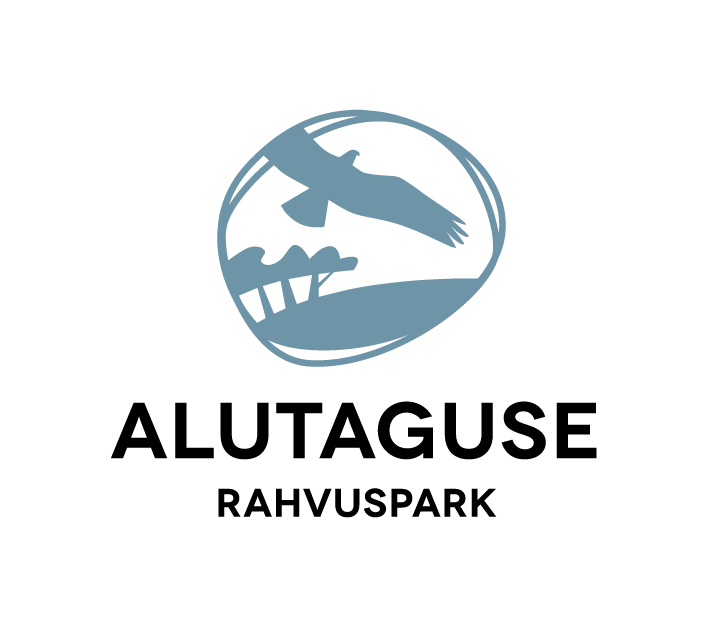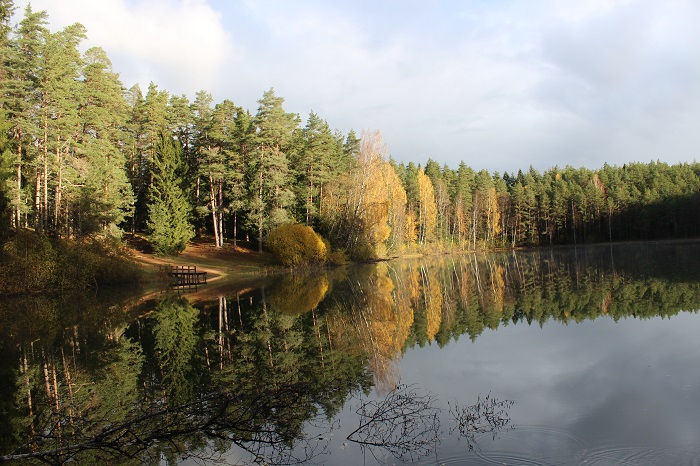
Jõuga lake system
The Jõuga Landscape Protection Area (310 ha) has been established for the protection of the relief, lakes and plant communities, which are unique and offer scientific interest. The area is a part of the Natura 2000 network and part of the Alutaguse national park.
The formation of the Jõuga lakes took place about 12,000 years ago in the late glacial age. The development of lakes Jõuga started when huge blocks of ice, buried in sand and gravel, melted and, as a result, formed deep hollows.

Lake Pesujärv. Photo by Anne-Ly Feršel
There are five forest-surrounded lakes in the protected area with three detached plots of land.
The lakes of Jõuga: Liivjärv (2.2 ha), Pesujärv (2.0 ha) and Linajärv (1.1 ha) are located next to each other and feed only on precipitation. The bottoms of the up to nine-metredeep lakes are covered with a deep mud layer. Several rarities have been found in the bottom fauna and among the zooplankton of the lakes. Lake Pesujärv is the northernmost habitat of the edible frog (Rana esculenta) in Estonia. The lake and its environment is a popular swimming and recreation site where an embankment to protect the high shores as well as a boardwalk have been established.
The lakes of Kõnnu: Pikkjärv (2.1 ha) and Ümarjärv (1.6 ha) are spring-fed and clearwatered. The lakes are connected with a brook; the Alajõgi River starts here. The perch, pike and crucian carp occur in the lakes. The protected area covers the habitats of the saw sedge (Cladium mariscus), unique in East Estonia, and several orchids, as well as some species of rare birds, such as the capercaillie (Tetrao urogallus), black grouse (Tetrao tetrix), Ural owl (Strix uralensis), and three-toed woodpecker (Picoides tridactylus).
Jõuga is beloved recreation areas.
There is Estonia’s largest barrow burial site.
- It is permitted to drive your motor vehicle on public roads and pathways. Parking is allowed within designated parking areas.
- Camping and making fires is allowed only in prepared and designated locations.
- Do not use growing trees or bushes for fire.
- Making fires during a high fire-risk periods is striclty prohibited, even in special camp-fire locations.
- Please make sure no detergents enter natural water bodies
- Please use appropriate toilet facilities
- You can use a non-propelled floating craft to move around internal water-bodies.
- Please keep your pets under control and on leads at all times, they are a threat to wild life.
- Picking up wild berries, mushrooms and flowers etc is allowed, unless it is a protected species.
- Do not desecrate the natural beauty of the area
- Please report any damage or theft you may witness to the natural habitat to this area to 1313 (Environmental Information)
More informations: loodusega koos and visit estonia